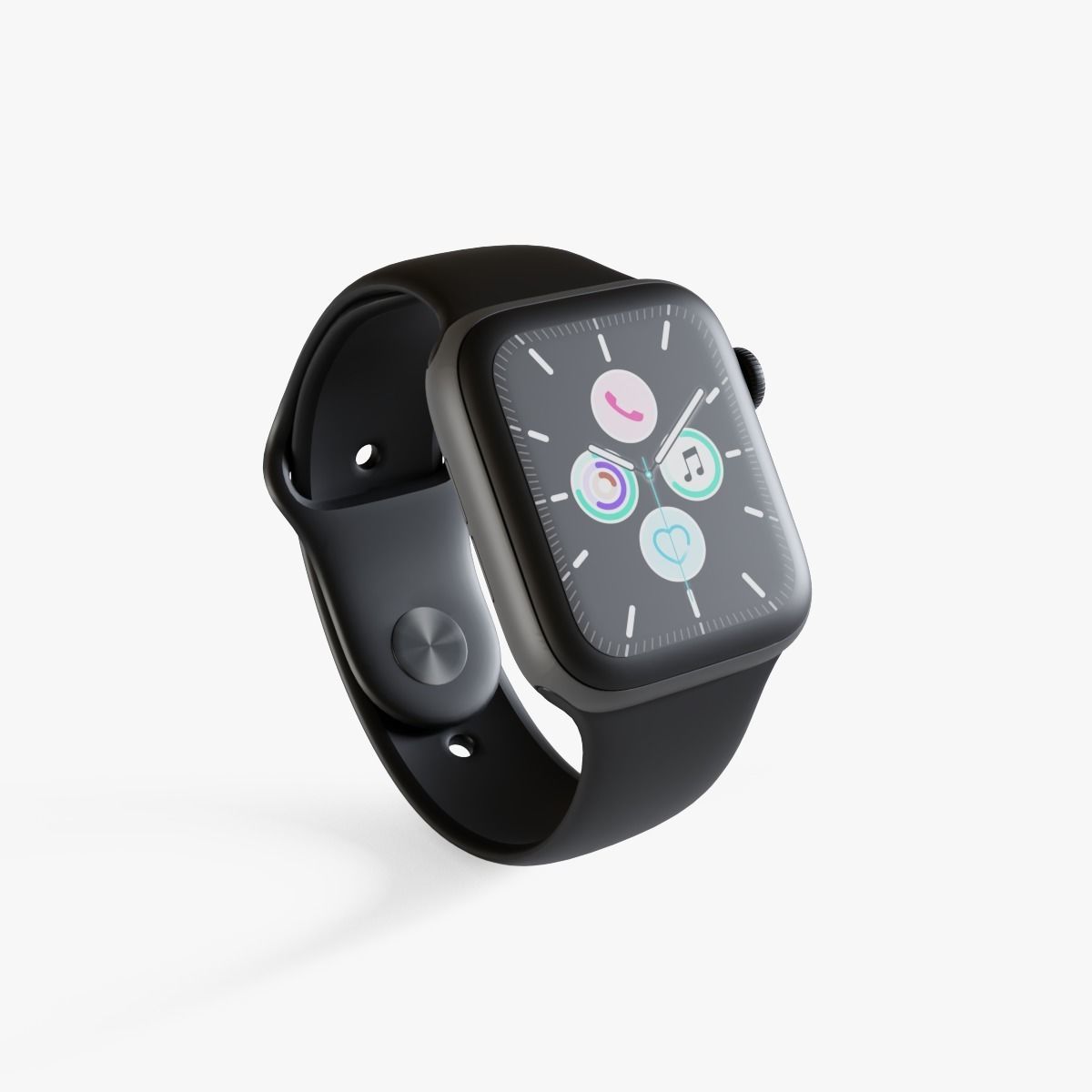
- Assets.xcassets appicon apple watch how to#
- Assets.xcassets appicon apple watch series#
- Assets.xcassets appicon apple watch mac#
- Assets.xcassets appicon apple watch windows#
All of these items are customizable in the default XIB or Storyboard. By default, whenever you create a Cocoa Application, you’ll get File, Edit, Format, View, Window, and Help menu items. The menu bar on OS X houses controls and shortcuts that provide additional functionality to the app and can control various aspects about the window and user interface.
Assets.xcassets appicon apple watch windows#
You’ll garner more experience with windows later in this article, and in Part 2. Most modern OS X apps tend to rely on a single-window design, with additional windows only for preferences and other settings views.
Assets.xcassets appicon apple watch mac#
Unlike iOS apps, Mac apps can have multiple windows taking up screen real estate at any given time, depending on how complex the app needs to be. A window (specifically NSWindow types) house your View Controllers and other views that make up the user interface. The most basic interface on the Mac is the window. Let’s look at each of the different types of interfaces and their nomenclatures. The App AnatomyĪ Mac app has a lot of different, more complex user interface elements than what you might find on an iOS app during normal development. There are other, more specific project types that can be used to create all sorts of Mac extensions, such as the Automator Action, Quick Look Plugin, and even a Screen Saver, but those more specific project types are out of scope for this type of introductory article however, you can find more information about implementing these project types on the Mac Library of the Apple developer documentation website. These are the most popular project types you might work with on the Mac. Library - This is a starting point for a Library, which can link against the Cocoa Frameworks that you might create.This can be used to create frameworks for your other projects. Cocoa Framework - Is a starting point for a framework project that uses the Cocoa underpinnings.Command Line Tool - Creates a starting point for a Mac app that can be run in the Terminal without any Aqua user interface.Game - This is the starting point for a Mac game built with SpriteKit.Cocoa Application - This is the starting point for a Mac app that has Windows, and the traditional user interface we associate with apps on the Mac.Let’s quickly cover each typically used type: This section lists all of the different types of projects you can create. Whenever you create a new project in Xcode, you’ve probably noticed the “OS X” section.

In fact, the tools that you’ve been using in iOS development, namely Xcode, Interface Builder and the language Objective-C were initially built for the Mac (and were byproducts of the NeXT acquisition by Apple back in the late 1990s, which saw the development of OS X as the new operating system for the Mac). OS X apps follow a similar structure to iOS apps and as such, you’ll use the same tools.

If you’ve been on the fence about learning to develop for OS X, then this should help clear that up: you can often learn new technologies before they’re available on iOS. Take for instance the following Mac-first technologies available on iOS years later: One of the reasons iOS developers should be keeping an eye on the Mac is that most of the new iOS technologies start out on the Mac, then move to iOS. In the next article, you’ll build your first Mac app using Swift and modern Mac programming constructs, such as using Storyboards to construct the interface.
Assets.xcassets appicon apple watch how to#
In this article, you’ll be introduced to the tools you’ll use to create Mac apps, the app and project structure, app lifecycle, and how to work with windows and view controllers on the Mac. And, while naming conventions and looks may be different, the underlying layers of iOS and OS X are nearly identical, although OS X is more complex system to develop for. If you’ve been developing apps for iOS, the truth is that you’ve been developing using the same chain of tools and technologies that are also at the heart of OS X.
Assets.xcassets appicon apple watch series#
In this series of articles, we hope to dispel the myth of the Mac being difficult to develop for and offer some guidance for longstanding iOS developers by showing the development process for the Mac. For developers who have spent the better part of their career building apps for iOS devices, making the move to the Mac is not only a dream, but can also be a little overwhelming since OS X carries a lot more baggage than iOS. Whether you want to bring over your existing iOS app or just create something entirely new on the Mac - there’s something for everyone in OS X development. In this series of articles, we want to talk about a platform that interests many iOS developers: the Mac.

Subscribe Migrating from iOS to Mac - Part I: App Anatomy


 0 kommentar(er)
0 kommentar(er)
